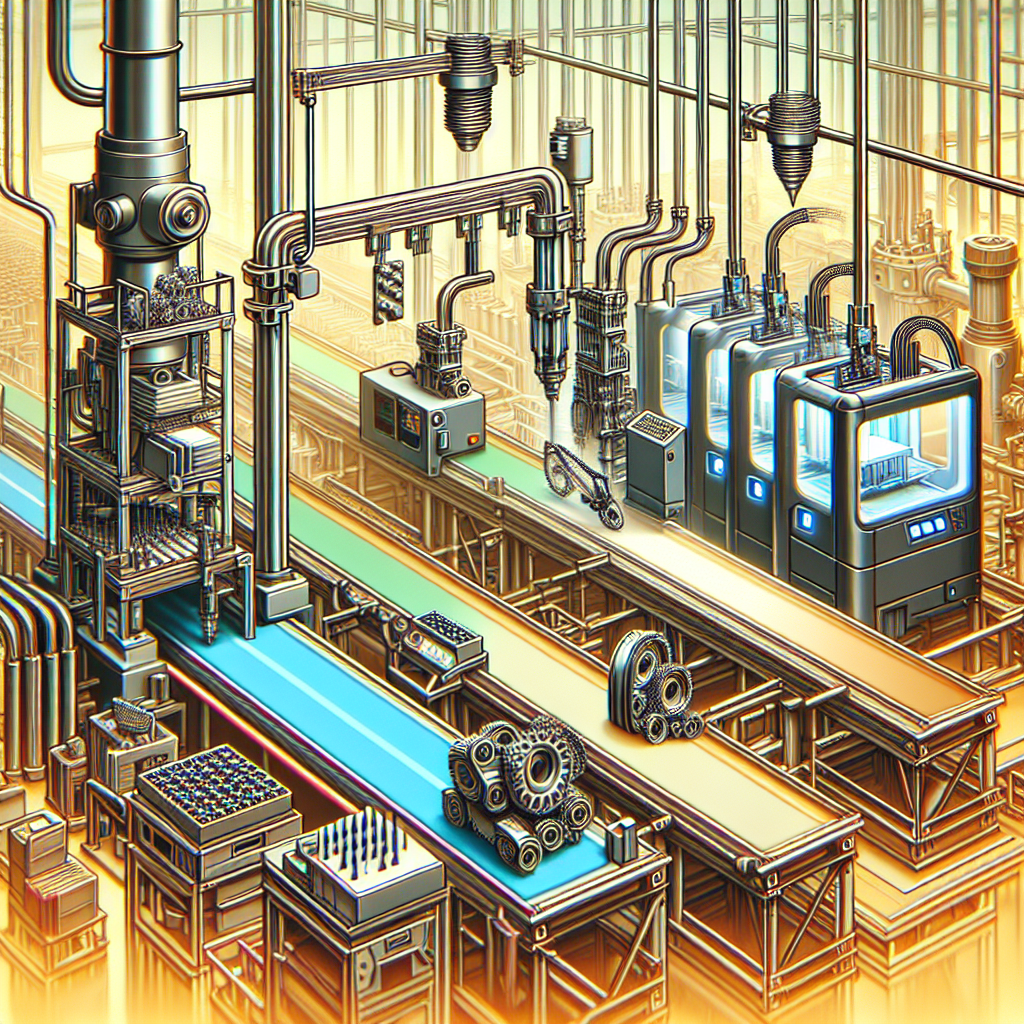3D Printing: Transforming Manufacturing
3D printing, also known as additive manufacturing, is revolutionizing the way products are designed, prototyped, and produced. This technology has the potential to transform manufacturing processes across various industries, offering numerous benefits such as increased customization, reduced lead times, and cost savings.
Customization and Personalization
One of the key advantages of 3D printing is its ability to create highly customized and personalized products. Traditional manufacturing methods often require expensive tooling and molds to produce unique items, making customization impractical and costly. With 3D printing, designs can be easily modified and adapted to meet individual customer requirements, allowing for greater flexibility in product development.
Reduced Lead Times
Another significant benefit of 3D printing is its ability to significantly reduce lead times in the manufacturing process. Traditional manufacturing methods may involve long wait times for tooling, setup, and production, leading to delays in product delivery. With 3D printing, products can be produced on demand, eliminating the need for excess inventory and reducing time-to-market for new products.
Cost Savings
3D printing can also result in cost savings for manufacturers due to reduced material waste and lower production costs. Traditional manufacturing processes often generate significant waste from excess material and scrap, leading to higher production costs. In contrast, 3D printing uses only the materials needed to create a specific product, minimizing waste and saving money on raw materials.
Increased Design Freedom
3D printing offers designers and engineers greater design freedom and flexibility in creating complex geometries and intricate structures that are difficult or impossible to achieve with traditional manufacturing methods. This capability allows for more innovative and efficient product designs, leading to improved performance and functionality.
Supply Chain Resilience
The COVID-19 pandemic highlighted the vulnerabilities of global supply chains, leading many manufacturers to reevaluate their sourcing strategies. 3D printing offers a solution to supply chain disruptions by enabling localized production and on-demand manufacturing. This technology allows companies to reduce their reliance on overseas suppliers and respond quickly to changing market demands.
Conclusion
3D printing is transforming the manufacturing industry by offering new possibilities for customization, reducing lead times, lowering production costs, and enhancing design freedom. As this technology continues to advance and become more accessible, manufacturers across various industries will increasingly adopt 3D printing to stay competitive and meet the demands of a rapidly changing market.






